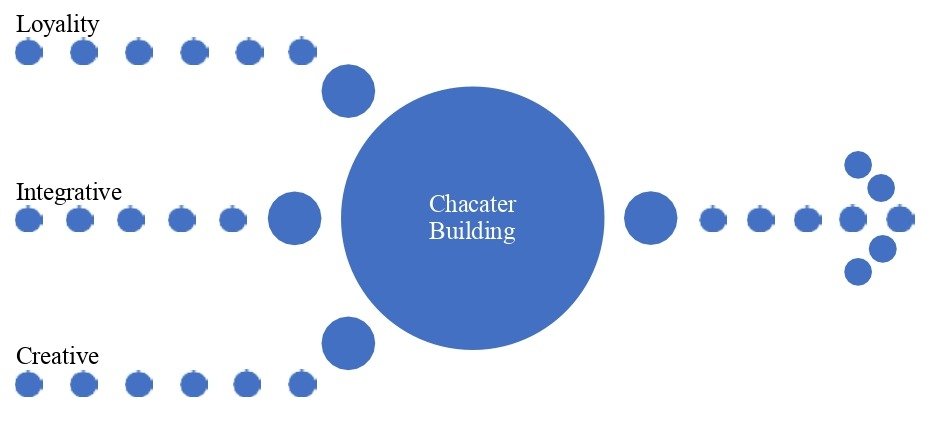Exposing Narratives in 21st Century Children's Literature for Holistic Development and Education in Strengthening Character Education for Elementary School Students
Keywords:
Children Literature, 21st Century, Character Education Program.Abstract
Children's literature serves as a catalyst for fostering creativity, a point emphasized by Norton, who underscores its vital part in nurturing and expanding youthful imaginations. This kidney plays a pivotal part in promoting the development of internal imaginative capacities in scholars. Beyond its part in individual growth, children's literature holds significant value in fostering personality and social development among youthful compendiums. The integration of children's literature into schoolteacher medication programs is purposeful, aiming to equip preceptors with the readiness to incorporate these textbooks into their classrooms. also, it seeks to empower preceptors to grease meaningful conversations on the motifs presented in these erudite workshops with scholars, academy administration brigades, and parents likewise. Achieving this requires schoolteacher preceptors to give ample openings for scholars to exercise the chops of opting, assaying, and agitating a different range of children's literature. In doing so, schoolteacher medication programs contribute not only to the professional development of preceptors but also to the broader educational geography by promoting the multifaceted benefits of children's literature in nurturing creativity and fostering holistic development in youthful minds.

Published
How to Cite
Issue
Section
Copyright (c) 2024 Authors

This work is licensed under a Creative Commons Attribution 4.0 International License.




